- The Unknown
- Posts
- The Art of Darkness in Survival Horror Games
The Art of Darkness in Survival Horror Games
Exploring the Shadows

In the eerie realm of survival horror games, darkness is not just a backdrop. It's a fundamental element that designers meticulously wield to ratchet up fear and tension, engaging players' deepest, most primal anxieties. How does this work, you ask? Well, buckle up, because we're about to dive into the abyss and find out.
The Allure of the Dark
The concept of darkness is a compelling tool in horror games. It's a device used not just for aesthetics but to trigger our instinctive fears. Like when you're watching a scary movie, it's always more terrifying in the dark. This is because our imaginations run wild when our vision is limited. Game designers understand this and use shadows to fuel suspense and create heart-pounding jump scares.
However, a game mired in too much darkness can become frustrating, alienating players by obscuring their path too severely. Hence, designers strike a delicate balance, ensuring that the darkness heightens fear without becoming an obstacle.
Ghostly Apparitions in the Dark: Key Examples
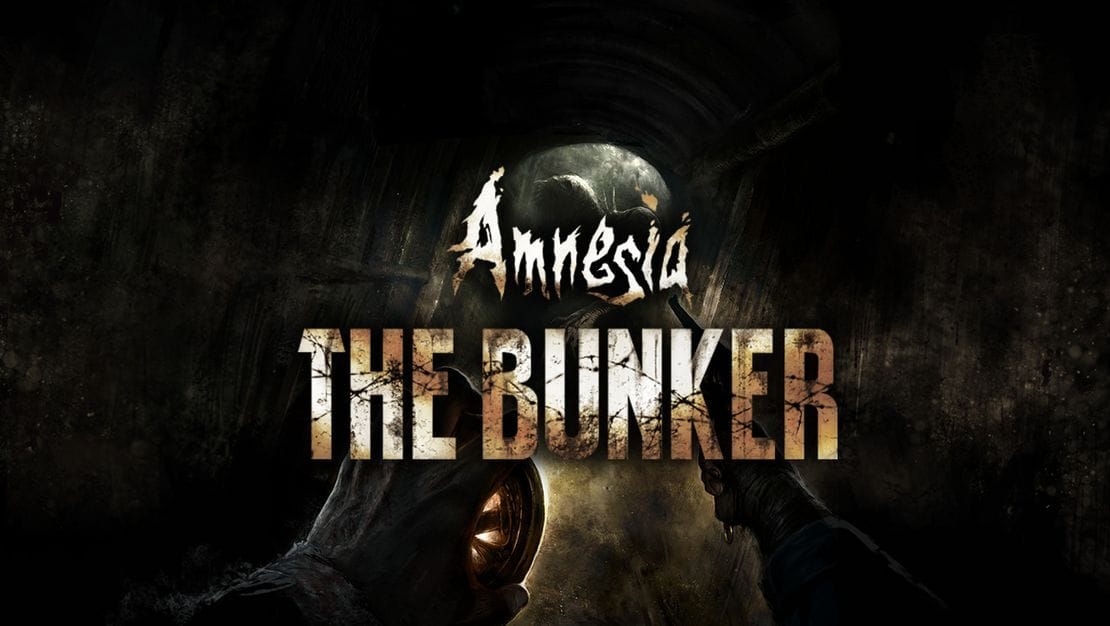
Let's start with Amnesia: The Bunker, a game that masterfully uses darkness as a mechanic rather than mere scenery. Here, your trusty flashlight doesn’t just illumine your path but also attracts the very monster you're trying to evade. This adds a layer of tension, making safety a double-edged sword that you must skillfully manage.
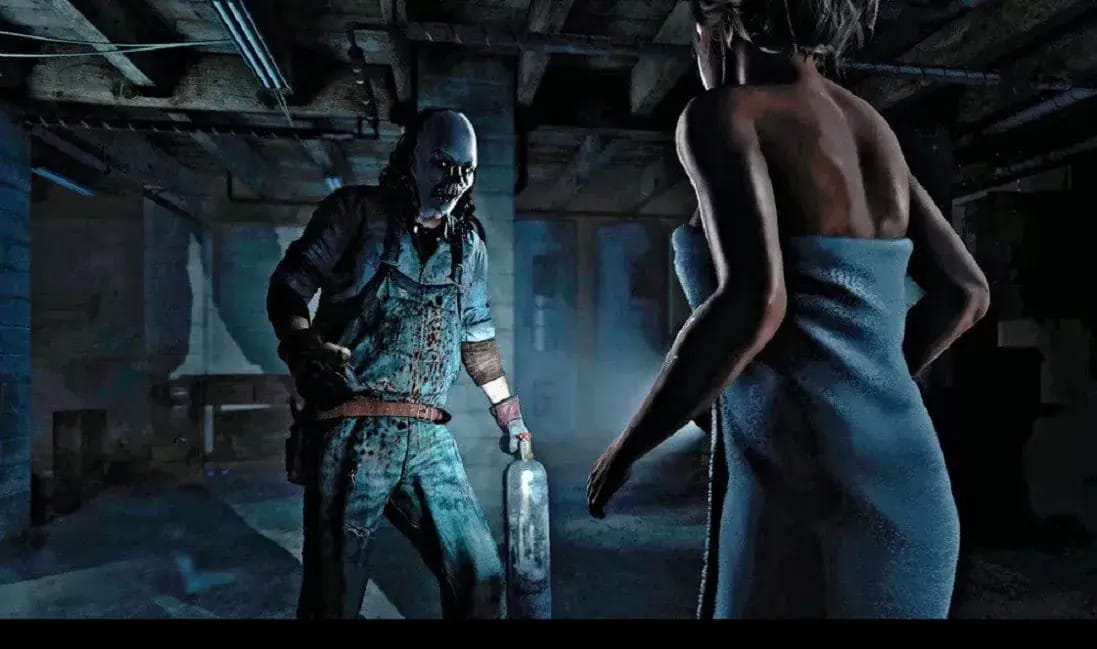
Until Dawn offers another prime example. This game unfolds entirely at night, wrapping everything in a chilly shroud of dread. The darkness accentuates the presence of the game's Wendigos, ghastly creatures that are only ever glimpsed. By keeping these horrors partially obscured, the game amplifies their menace.
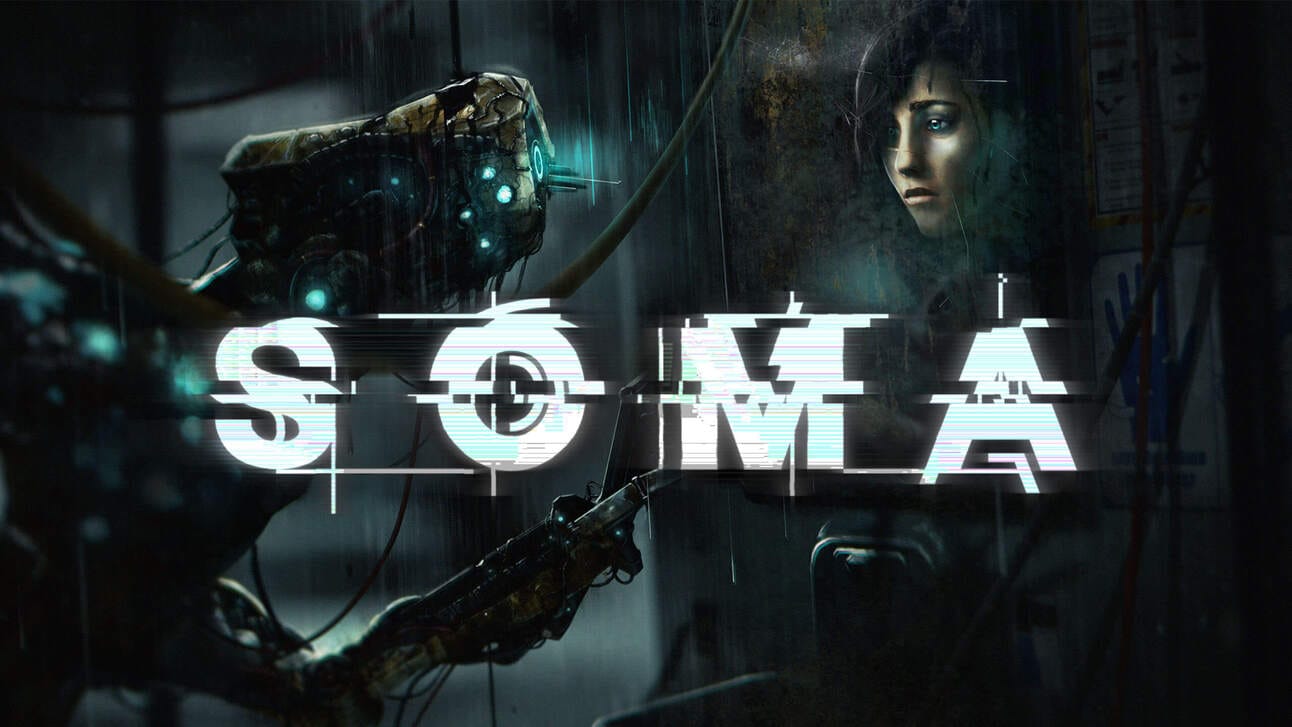
SOMA plunges players into an underwater research facility where natural darkness is pervasive. The unreliable artificial lighting compounds your sense of vulnerability, enhancing the game’s claustrophobic horror.
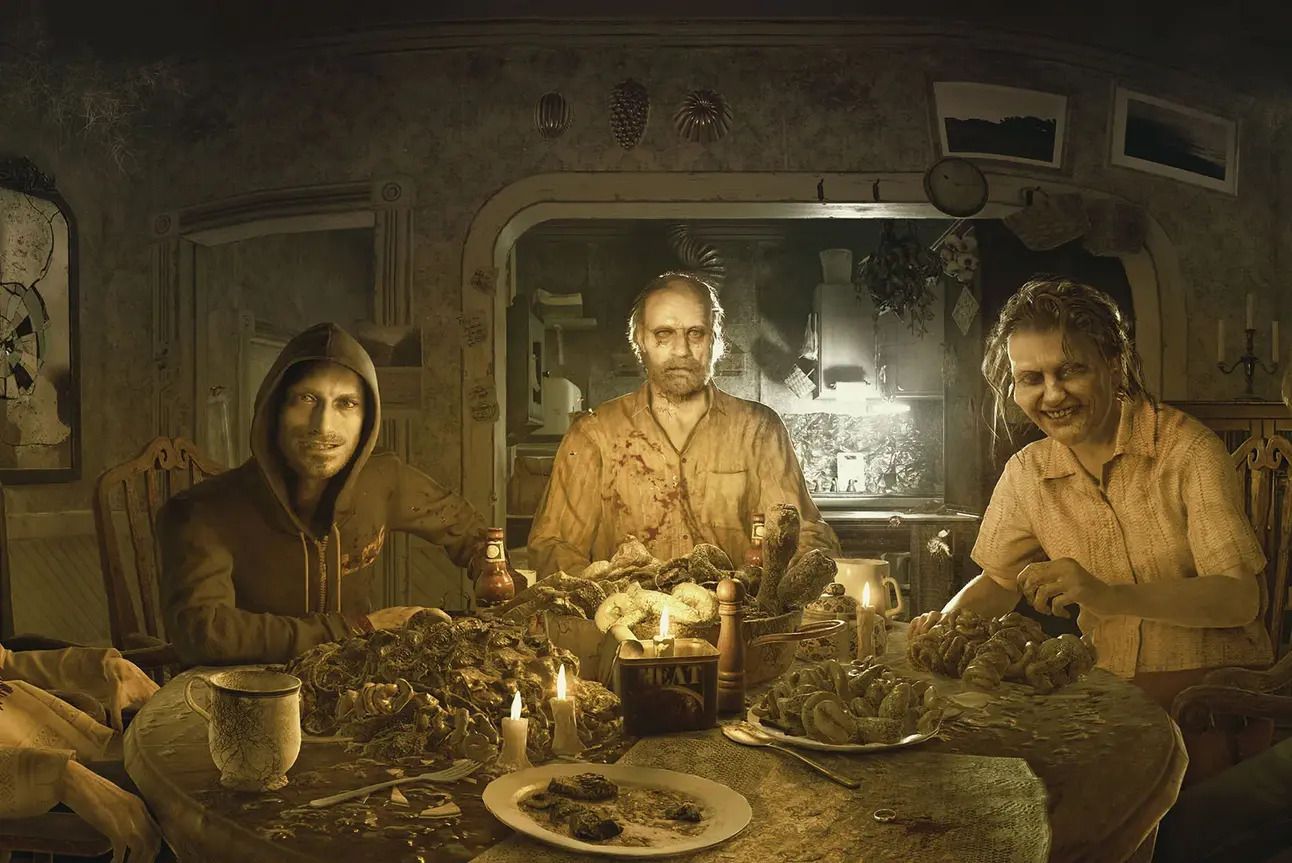
Meanwhile, Resident Evil 7 and Silent Hill 2 use light and sound exquisitely to unsettle players. While Resident Evil 7 transitions from day to inky blackness to jarringly immerse you, Silent Hill 2 pairs fog with darkness, employing sound to create an eerie, oppressive atmosphere.

A Dance with Shadows: Games of Illusion

In Outlast, you’re an investigative journalist armed only with a night-vision camera. The tension is relentless as you juggle maintaining your camera’s limited battery life against plunging into total darkness. Adding insult to injury, the game even shatters your camera at a crucial point, ripping away your sole means of navigation.

Similarly, Alan Wake 2 treats darkness almost like a character. Here, darkness serves as armor for the game’s antagonists, the Taken. To combat these foes, you must strategically use light as a weapon, showcasing a clever twist where you switch roles by using darkness against itself.
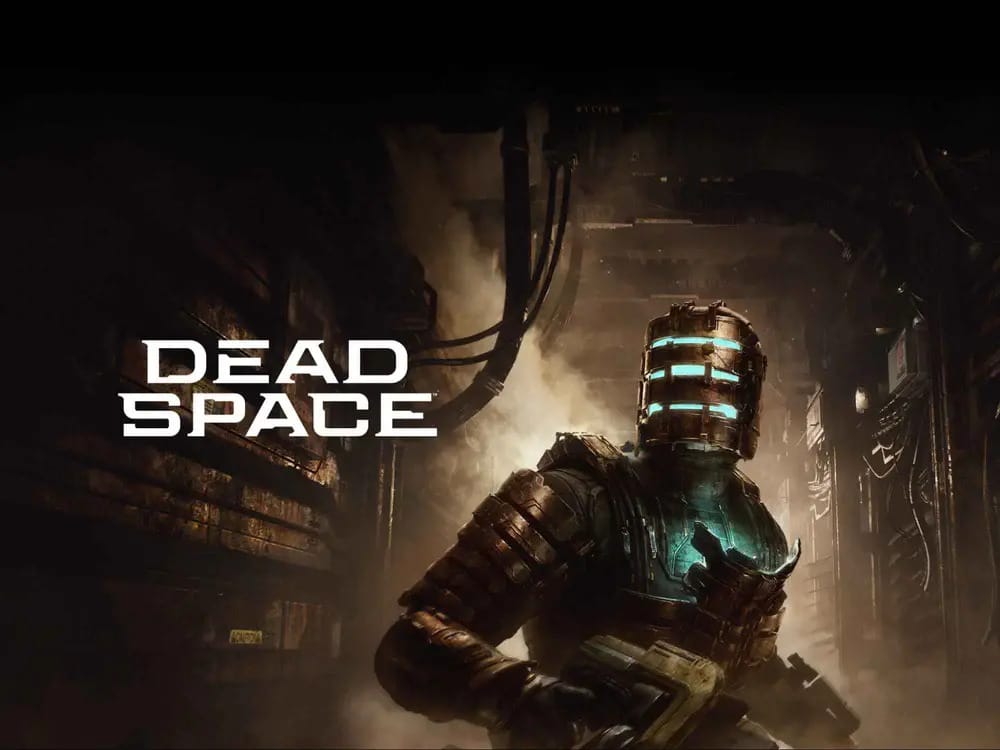
And then there's Dead Space, set in a space station with particularly capricious lighting. The Intensity Director, a unique feature, unpredictably plunges you into darkness, keeping you perpetually on edge and making resource management a key component of survival.
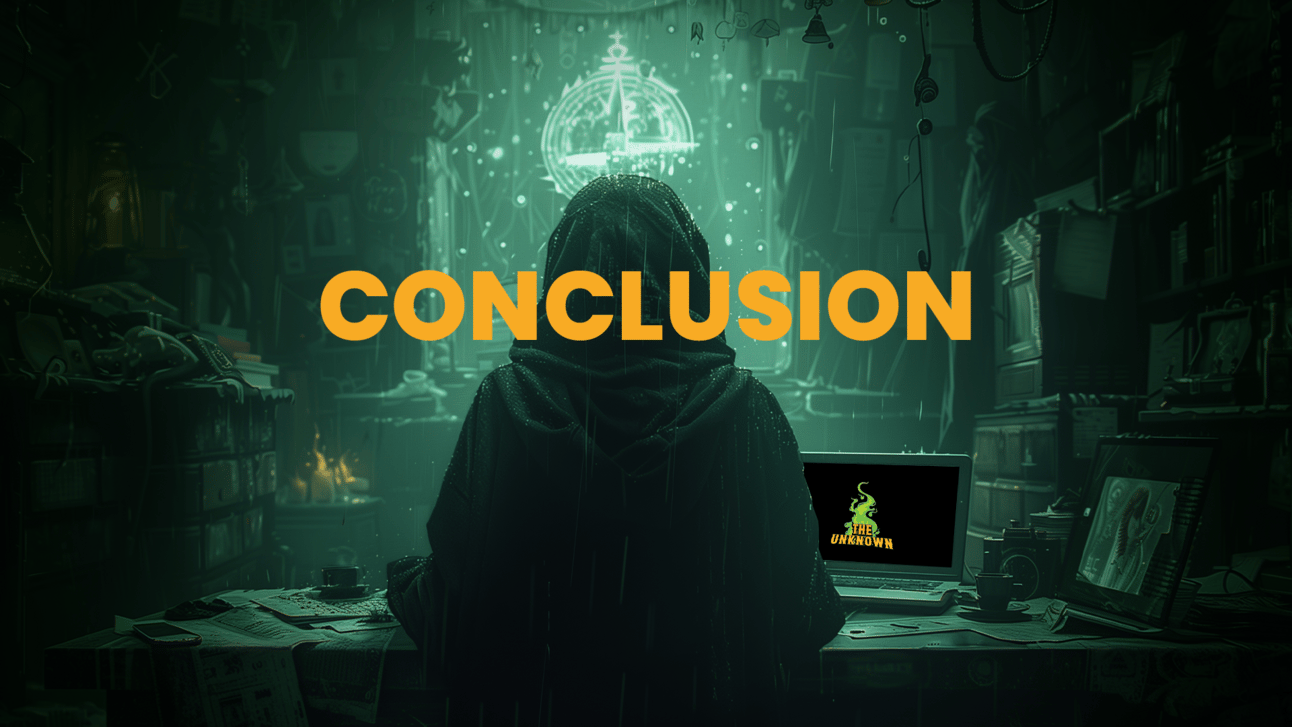
The Emotional Impact of Darkness
Darkness in these games isn't just a cheap scare tactic; it's a sophisticated tool that manipulates sound, light, and our very emotions to create a truly immersive experience. Games like Amnesia and Outlast force you to contend with the failure of technology, posing questions about how you would handle such vulnerabilities in real life.
So, what do you think? Are the chills elicited by darkness just cheap thrills, or do they dig deeper, burrowing into our subconscious to create a profound sense of fear? If you haven't yet explored these games, they're certainly worth a try—for a firsthand lesson in the terrifying art of darkness.
Stay curious and keep exploring the shadows. You never know what you might discover lurking just out of sight.
Listen to the full podcast episode here!